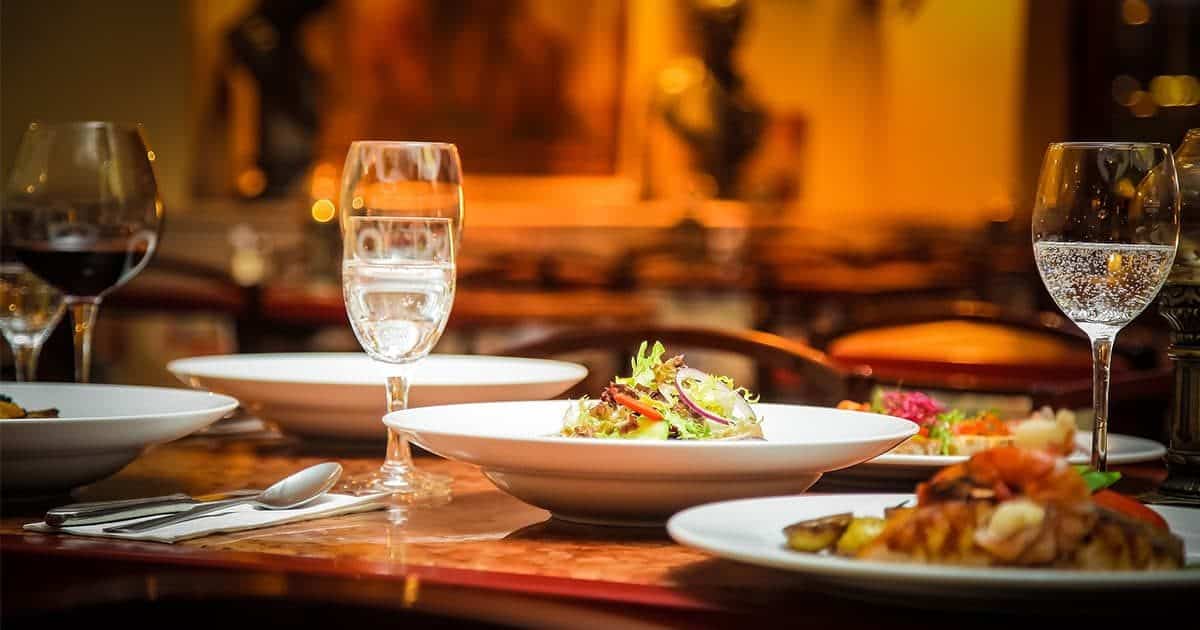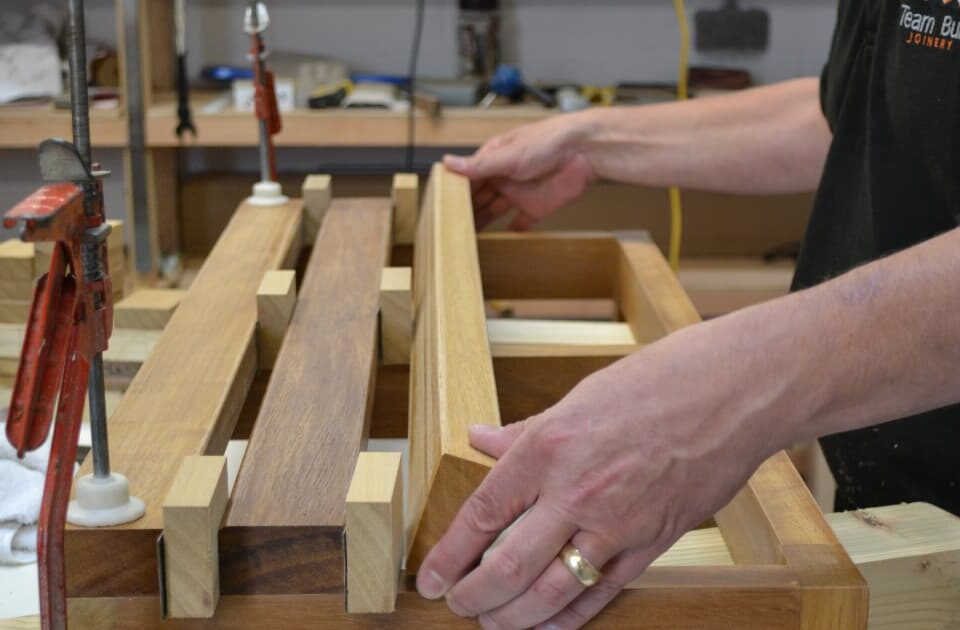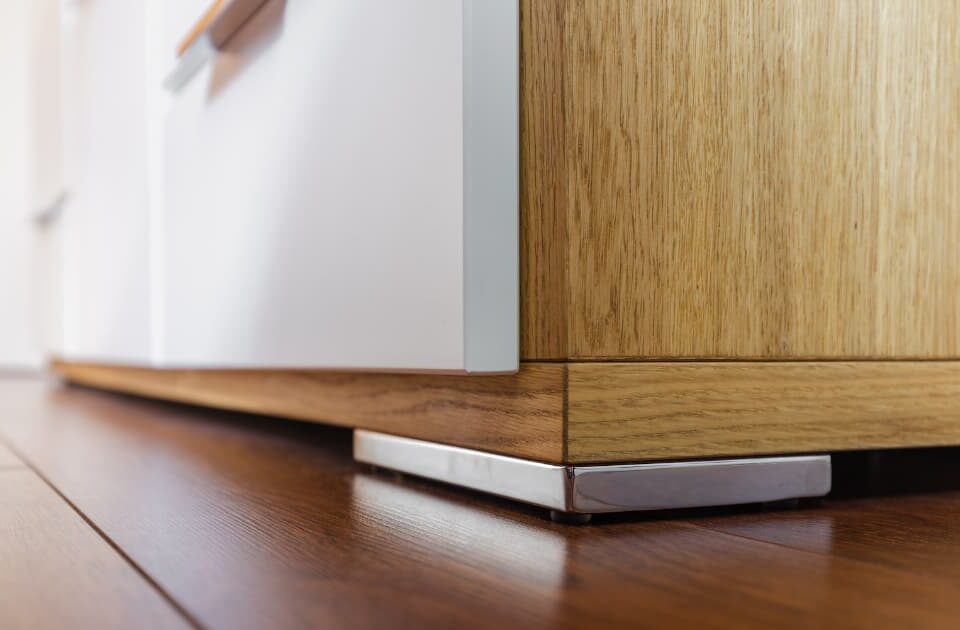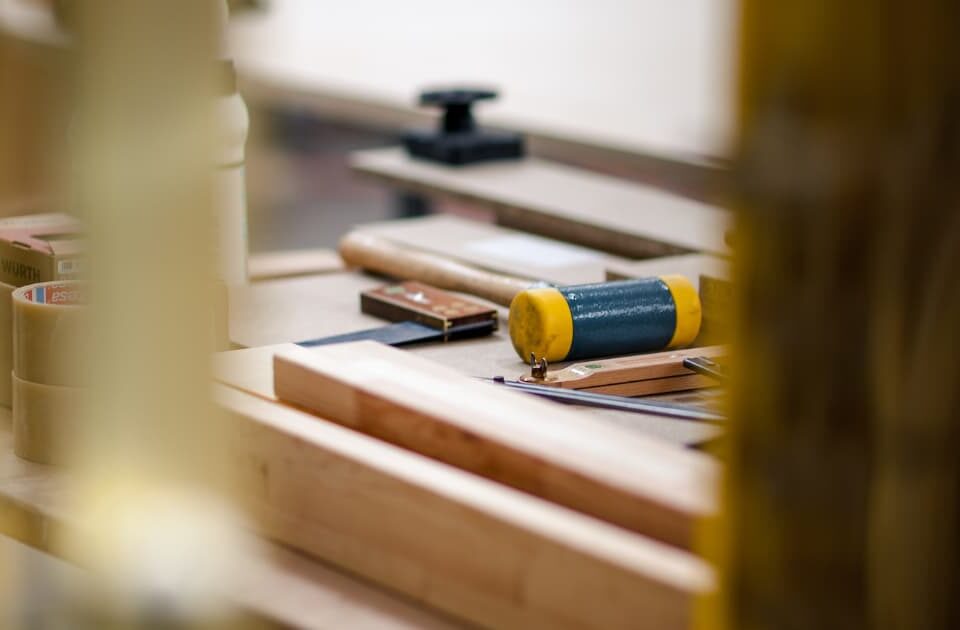Restaurant Design Tips That Will Stand the Test of Time

9 Small Bathroom Design Ideas
3rd September 2019
The Best Bedroom Colour Ideas You Need to Know
25th September 2019In the UK, eating out is big business. Latest figures show that the British public spent over £88 billion in restaurants and cafés in 2017. It’s a figure that has been increasing year-on-year for around a decade.
During the same period, however, tastes have changed. What was popular in 2009 won’t necessarily be a customer favourite in 2019. This is why it’s important restaurants to come up with designs that don’t just respond to the latest trends but can stand the test of time.
How, though, to get this balance of on-trend and timeless right? Here, we look at some of the ways restaurant owners can do this.
Design
When designing a restaurant, it can be tempting to look at what is popular right now and do the same. The chances are, however, this will end up looking dated pretty quickly. It is much better to look ahead and think about where restaurant design might be heading. Restaurant owners who aren’t sure where the future of restaurant design lies should consider using a restaurant interior design company.
The other side of this is forgetting about what is coming next and sticking to a classic design, one that has been proven to stand the test of time. The bistro look is a perfect example of this. It is clean and simple, and something everyone is familiar with.
Themes
Over the years, trends have resulted in restaurants choosing themes which have since become dated. This makes the food itself feel dated too and can lose the business customers. Examples are designs that reflect a particular era or cultural reference point.
At the same time, themes create a link between each restaurant in a chain in a customer’s mind. They know what they are getting when they walk through the door. Restaurants shouldn’t, therefore, ignore them. So, rather than choosing a theme that risks becoming dated, restaurants should choose one that reflects their brand.
Restaurants can do this through the colour scheme, furniture or typography on menus. They can add these to a fairly neutral background which can be updated as needed. Furniture can be swapped out, for example, or pictures on the walls changed without affecting the essential background structure.
Simplicity
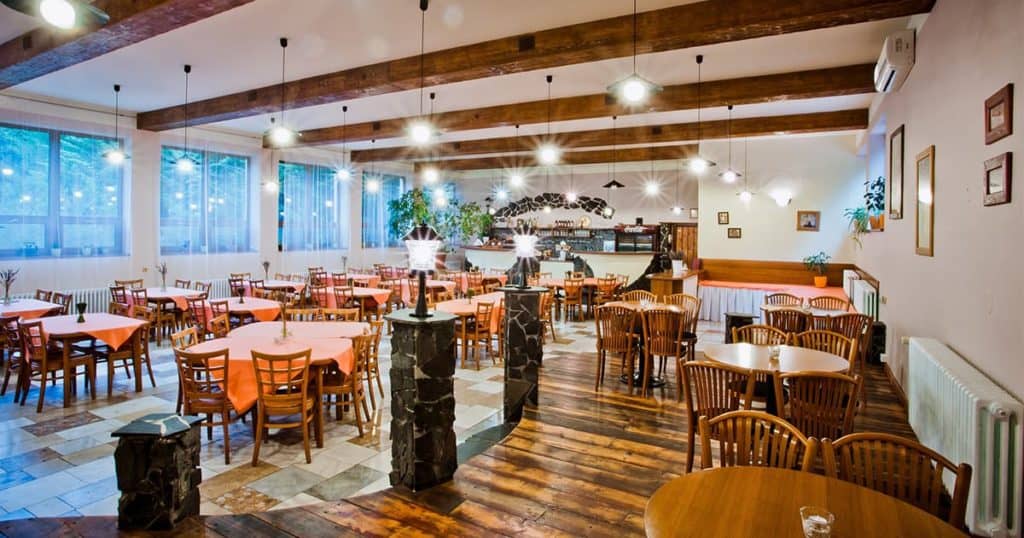
One of the biggest mistakes restaurants make is making their design too complicated. If there is a theme, for example, they can take it too far. The risk here is that the restaurant’s surroundings become more important than the food they are serving. It is much better to keep the design simple. This will stop it becoming dated too quickly and reduce the risk that any elements that do become dated are distracting or put off customers.
Materials
When it comes to a restaurant fit-out, time is money. The quicker it happens, the faster the doors can open. Unfortunately, this approach can lead to contractors cutting corners, especially when it comes to materials.
To keep a restaurant looking fresh, it’s vital that contractors use the right materials. This means using ones that won’t show too much wear and tear too quickly.
Restaurants should choose the best materials they can buy. Custom designs really help too, as they create a look specific to that restaurant, meaning it is less likely to look dated. An alternative is to buy second-hand, vintage pieces, which offer a unique look and – if they are a bit worse for wear – can make a restaurant feel like it has been there forever.
Whether they are new or old, when choosing furniture and fittings, restaurants should think about how comfortable they are. The more comfortable, the more timeless a restaurant can seem, and the happier customers will be.
Environment
The location of a restaurant can affect its design. If it’s in a busy city like London, for example, it might be more industrial. By the beach, and it will need to have a more relaxed feel. It’s about bringing the outside inside and creating the impression the restaurant has always been there even if it hasn’t. This can be done colours, materials and using local artwork.
Personality
Finally, restaurants – and restaurant owners – shouldn’t try too hard. If they focus on trying to make their restaurant too trendy, customers won’t see it as genuine and could be put off. Owners should see their restaurant as a reflection of themselves and incorporate their interests into the design. If they are happy and comfortable in there, the chances are their customers will be too.

